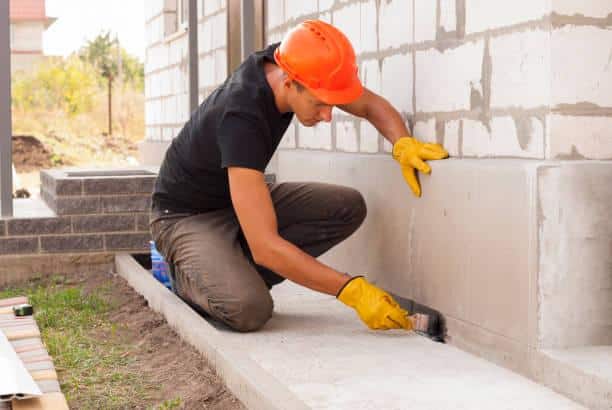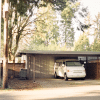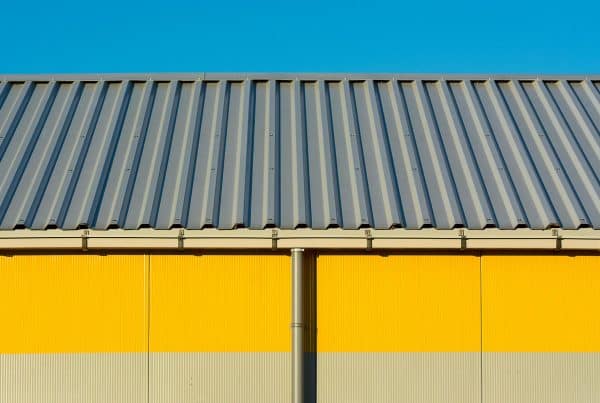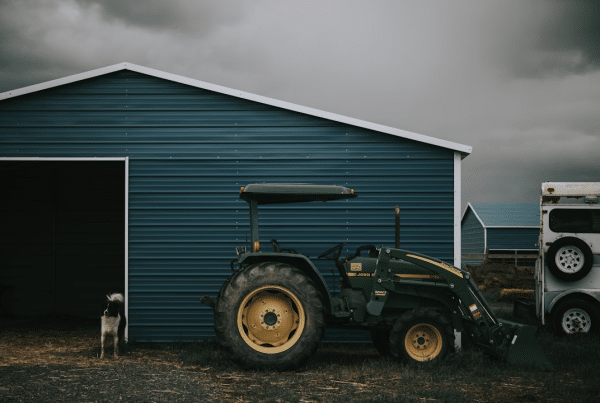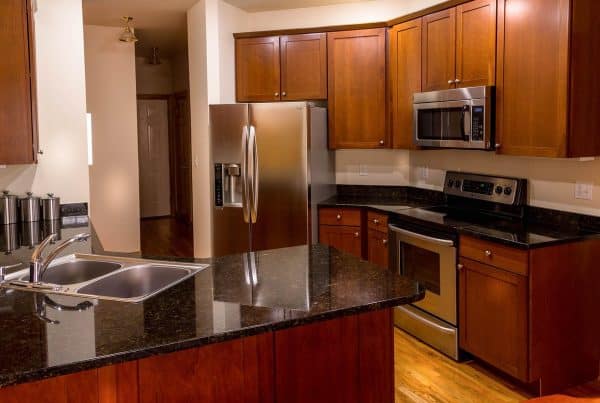Water damage can be one of the most devastating things you can ever experience as a homeowner. No matter the cause, it can wreak havoc on your everyday life. Dealing with water damage requires extreme caution because it keeps your home’s integrity at stake. If your home has water damage issues, it is very critical to fix the problem sooner rather than later.
That’s where basement waterproofing and foundation repair come in. While dealing with water damage in your home can seem catastrophic, with basement waterproofing and foundation repair, there is light at the end of the tunnel.
In this blog post, we shall uncover everything you need to know about safeguarding your home from water damage with basement waterproofing and foundation repair.
Why are basement waterproofing and foundation repair important in preventing water damage?
Basement waterproofing and foundation repair are extremely important in preventing water damage because they are the first defense against water intrusion into your home’s foundation or basement. A home’s foundation is the lower portion of a building that supports the entire structure. If left unaddressed, problems in the foundation can significantly damage the entirety of the building. Similarly, the basement is the lowest part of a home and most vulnerable to water intrusion.
When are basement waterproofing and foundation repair needed? (Understanding the causes and signs of water damage)
Common causes of water damage:
Water damage can occur at anyone’s home and at any time. Let’s have a look at some of the most common causes of water damage:
- Flooding: There is always a risk of water damage at your home when heavy rainfall, thunderstorms, and hurricanes occur. The heavy downpour can cause flooding, which can result in water damage. If your home is in a flood-prone area, there is also a higher chance of water damage due to flooding.
- Broken pipes: Frozen, old, or burst pipes can cause significant water damage. Such pipes can cause a leak resulting in damage.
- Leaking roofs: With leaking roofs, water can enter your home and damage your walls, floors, ceilings, and belongings.
- Clogged gutters: Clogged gutters can block water from draining properly. A lack of proper water drainage can cause water to overflow the edges of the gutters resulting in water damage.
- Out-of-place grading: Water can collect near your foundation and enter your basement if your home’s landscape grading needs to be corrected.
Common signs your home is suffering from water damage:
While water damage may not always be easily detected, here are some signs you need to look out for potential water damage:
- A spike in water bills
- Musty or moldy smell
- Stains and streaking in walls and floors
- Water accumulation on floors
- Seeing or hearing dripping water
- Sagging or bulging walls
- Peeling or bubbling paint
If you’ve detected any of these water damage signs, contact a basement waterproofing and foundation repair professional who can help you inspect the situation and provide recommendations that suit your needs accordingly.
How can these water damage issues be fixed?
If you’ve noticed these signs of water damage in your home, starting the repair process as soon as possible is extremely important. Delaying the repair process will only do more harm than good, keeping you in a loop of regret in the future. But don’t worry! You can sigh in relief when we tell you these issues are fixable.
Here are the most common methods of fixing water damages:
Water extraction
If water has entered your home, the first and foremost thing you need to do is remove the water as soon as you can. This process may involve using pumps and vacuums to extract the accumulated water. After extracting the water, also make sure to dry the affected area to prevent further damage thoroughly. To speed up the drying process, use professional-grade fans and dehumidifiers.
Mold remediation
If the water damage has resulted in the growth of molds, the first step is to dry up the affected area using a dehumidifier. The affected area should be sealed to ensure the mold spores don’t travel to other affected areas in your home. Lastly, the affected area should be cleaned with disinfectants and antimicrobial agents to prevent further mold growth. It is important to note that while some areas can be cleaned and be done with, certain areas have to be discarded depending on the severity of the damage.
Plumbing repair
As mentioned, broken pipes and other plumbing issues can cause water damage. If such is the case, repairs to the house’s plumbing system are crucial to prevent further damage. New pipes should replace old, broken, and burst ones. Similarly, any leaks should be fixed immediately.
Basement Waterproofing
Getting started with waterproofing your basement is important to prevent water damage in the future. Waterproofing your basement involves various methods, and here are the top three ways that can be helpful for you:
Interior waterproofing: This method keeps water outside your basement from the inside. Interior waterproofing is the most affordable method of keeping water away from your basement. This method properly seals any cracks or holes in the basement walls, floors, and ceilings.
Exterior waterproofing: Exterior waterproofing involves methods on the external part of your home. This method is much more complex than the interior waterproofing one. This method consists of excavating the soil surrounding your home’s foundation. After that, a special sealant coats the exterior walls. This method usually occurs during the construction process.
Drainage systems: This method involves repairing a poorly installed or poorly functioning drainage system. If there isn’t one, a new and improved design is established. In this system, you may be required to install a sump pump to collect water from the inside and pump it away from the basement.
Foundation repair
If issues in your home’s foundation cause water damage, there are different methods to prevent further water intrusion and damage. Here are four of the most common foundation repair methods:
Foundation jacking: This repair involves injecting a mixture of sand, water, and cement beneath the concrete slab. This mixture fills the empty spaces, provides support, and raises the slab back to its original position.
Foundation stabilizing: This method involves fixing a shifting foundation by reinforcing it directly. This technique uses steel or carbon fiber mesh to stabilize the foundation and then support the home’s walls.
Foundation sealing: This technique involves applying a sealant to the affected area. Using this technique is a short-term solution and requires an extensive inspection of what went wrong in the first place.
Conclusion
By now, you may have understood why as a homeowner, it is critical to pay attention to water damage and its repair. Whenever you come across signs that indicate you might have water damage in your home, it is important to contact a licensed and qualified professional who can make recommendations based on their findings. With the proper repair and restoration of your water damage issues, you, as a homeowner, can rest assured and be confident that your home is safe and protected for now and in the future.

